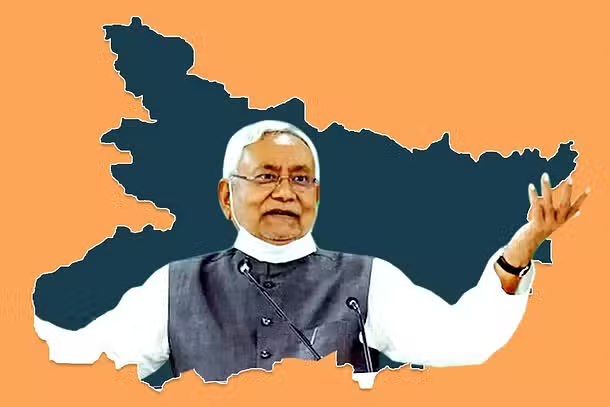Executive Summary
This paper explores the sociopolitical development of Bihar, emphasizing the Koeri, Kushwaha, and Kurmi communities, which have been instrumental in changing the political landscape of the state. At the outset of the research, a historical summary of Bihar’s caste politics is given, emphasizing the shift from upper-caste domination to the emergence of Other Backward Classes (OBCs). The transformative impact of significant events is examined, including the execution of the Mandal Commission findings and the leadership of individuals like Nitish Kumar and Upendra Kushwaha.
These communities’ socioeconomic goals and calculated mobilization have brought about important changes in election behavior, governance, and policymaking. Policy ideas for promoting inclusive development are examined, along with caste-based tensions, political fragmentation, and intra-OBC rivalries. As the cornerstones of Bihar’s future development, the paper ends by highlighting the necessity of shifting away from caste-based politics and toward issue-driven government, supporting social harmony, economic empowerment, and education.
Keywords: Caste Politics, Koeri, Kushwaha, Kurmi, Bihar Politics
Introduction
Brief History of Caste Politics in Bihar
Caste has been a defining feature of Bihar’s socio-political landscape since the colonial era. Historically, Bihar was characterized by a rigid caste hierarchy, where upper castes such as Brahmins, Rajputs, Bhumihars, and Kayasthas wielded significant social and economic power. The lower castes, including Dalits and Other Backward Classes (OBCs), remained marginalized both economically and politically. However, the mid-20th century witnessed the beginning of a socio-political awakening among the lower castes, primarily due to the spread of education and agrarian reforms.
Post-independence, the Congress party dominated Bihar’s political sphere, with upper-caste leaders occupying key positions. However, the socio-economic grievances of lower castes found expression through grassroots movements. The rise of socialist leaders like Jayaprakash Narayan and Karpoori Thakur marked a turning point in Bihar’s caste politics (Jaffrelot, 2003). The 1970s saw the emergence of backward caste politics, largely driven by the implementation of land reforms and the growing influence of the Janata Party, which emphasized caste-based equity. This period also laid the groundwork for the Mandal Commission report’s implementation in the 1990s, which further solidified the political identity of OBCs.
The Mandal era redefined Bihar’s political dynamics, with caste-based parties gaining prominence. Leaders like Lalu Prasad Yadav (representing Yadavs) and Nitish Kumar (representing Kurmis) capitalized on this shift by mobilizing backward caste communities (Yadav, 2011). The focus on caste identities in electoral mobilization became a hallmark of Bihar politics, with political parties forming alliances based on caste equations rather than ideological congruence.
Click Here To Download The Paper


📌Analysis of Bills and Acts
📌 Summary of Reports from Government Agencies
📌 Analysis of Election Manifestos

